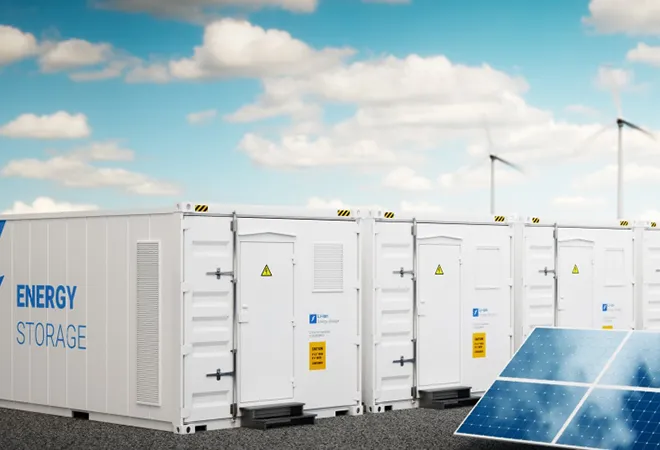U.S. Energy Storage Market Continue to Rise
The U.S. energy storage market saw substantial growth in the second quarter, led by the grid-scale sector, which deployed 2,773 MW and 9,982 MWh of capacity. According to the latest “U.S. Energy Storage Monitor” report by the American Clean Power Association (ACP) and Wood Mackenzie, every segment of the market showed year-over-year growth in Q2, with community and commercial (CCI) storage rising 61% to 87 MWh, and residential storage growing 12% to 423 MWh. Overall, the market deployed 3,011 MW and 10,492 MWh, making it the second-highest quarter on record, trailing only Q4 2023, which saw 13,437 MWh deployed.
California, Arizona, and Texas accounted for 85% of the installations during this period.
“This quarter saw significant growth compared to last year, with the grid-scale segment being the primary driver,” said Vanessa Witte, senior analyst with Wood Mackenzie’s energy storage team. “Community storage also performed well, but residential growth was slower, especially in California where growth has stalled. Additionally, Hawaii and Puerto Rico are still affected by changes in incentives.”
Looking ahead, Wood Mackenzie’s five-year forecast for the U.S. energy storage market predicts a 42% increase in total storage deployments between 2023 and 2024. However, the growth rate is expected to stabilize, with average annual growth of 7.6% from 2025 to 2028. In 2024, the industry is expected to deploy 12.8 GW/36.9 GWh of storage across all segments.
The grid-scale segment is forecast to see a 32% year-over-year increase, deploying 11 GW/32.7 GWh by the end of 2024 and reaching a cumulative total of 62 GW from 2024-2028. Distributed storage will add 12 GW over the next five years, with the residential segment expected to account for 80% of these installations, adding 10 GW from 2024 to 2028. The CCI segment is projected to install 2.5 GW of storage during the same period, a slight reduction from earlier projections.
“Growth will slow down in 2025 and 2026, as many projects are delayed due to early-stage development challenges,” said Witte. “The CCI segment faces significant barriers, including complex project development and limited financial incentives.”

